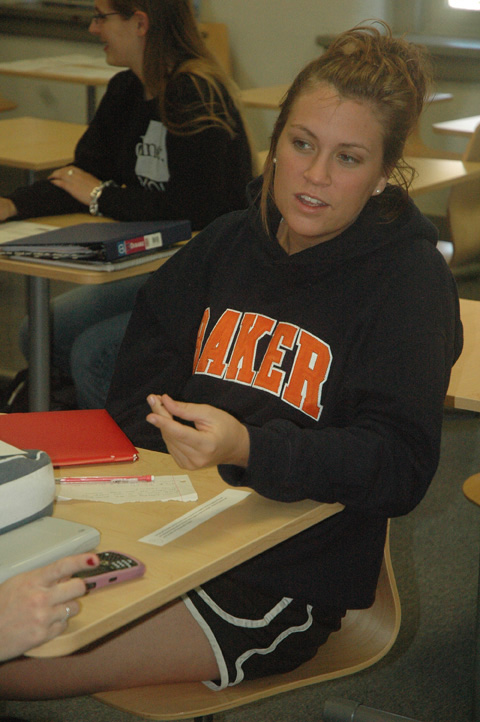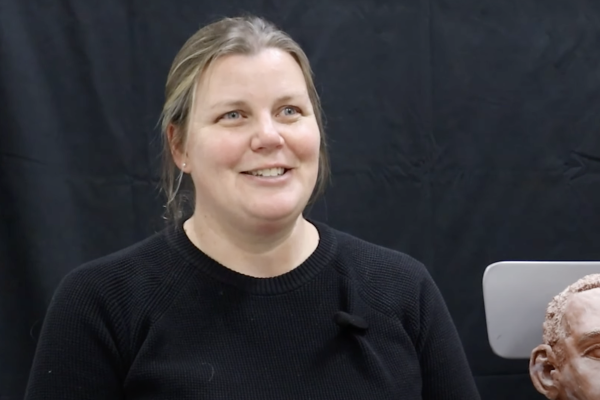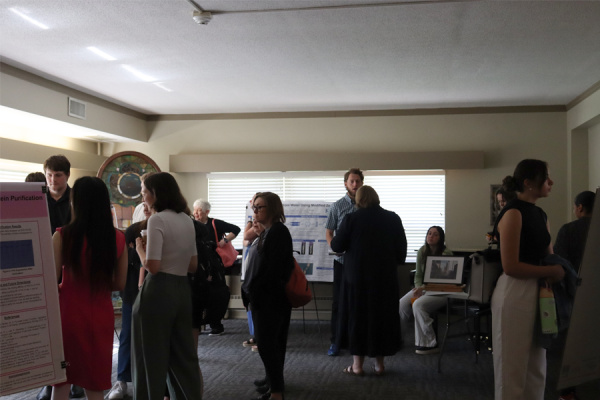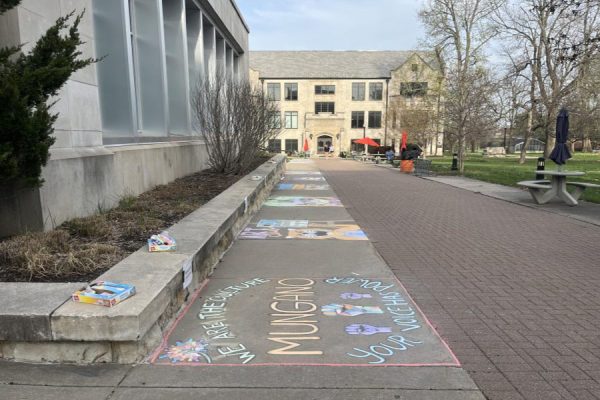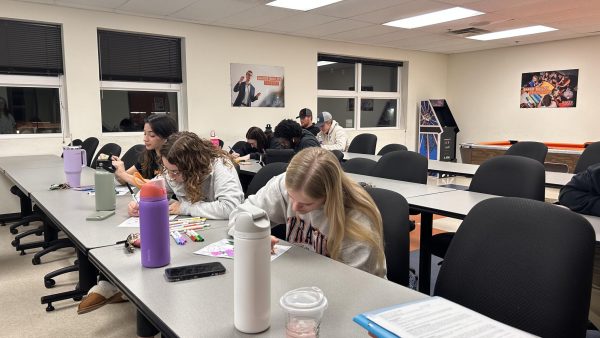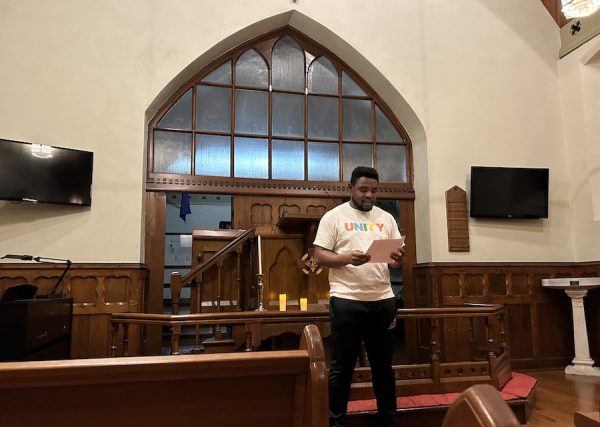School of Education classes combined
This article was originally published prior to June 2, 2013. Due to a change in the content management systems, the initial publication date in not available.
Professors in the Baker University School of Education are using their personal experiences to help create a better program for current students.
“We want to give our students the tools they need to support other areas of teaching across the curriculum,” Assistant Professor of Education Carolyn Doolittle said.
This semester the School of Education combined English Language Learners (ELL) and classroom management into a single class, as well as music, art and physical education classes into a single class called Methods of Music Art and Physical Education or Health.
Doolittle said combining classes reduced the number of hours required to graduate from the program, as well as allowed students to focus on those specialty subjects that could be used to help teach other subjects. Doolittle teaches the music section of the new course.
“It’s beneficial to combine those classes that are showing us how to teach,” senior Katy Kendrick said. “Having two different teachers teaching their specialty makes it so we are getting the best of the professors.”
Doolittle said it was important to her for the classes to be combined because, from her personal experiences as an elementary school teacher, she knew how these skills could help teach the class.
“You don’t have to be a musician,” Doolittle said. “Any second grader will think you have the most beautiful voice.”
Doolittle said she hopes infusing the music, art and physical education classes into regular teaching strategies in the classroom will help children become more motivated and have greater confidence.
As a former principal, Karla Wiscombe, assistant professor of education & faculty athletic representative, said she was concerned about the previous methods for teaching education technology and classroom management.
In previous years, evaluations turned in at the end of each semester suggested that some of the areas in classroom management and strategies had been weak.
“Hopefully this will help improve evaluations,” Wiscombe said.
While the new class combinations remain relatively new, and there may be a few changes in the future, Doolittle and Wiscombe said it has been a positive change overall.


